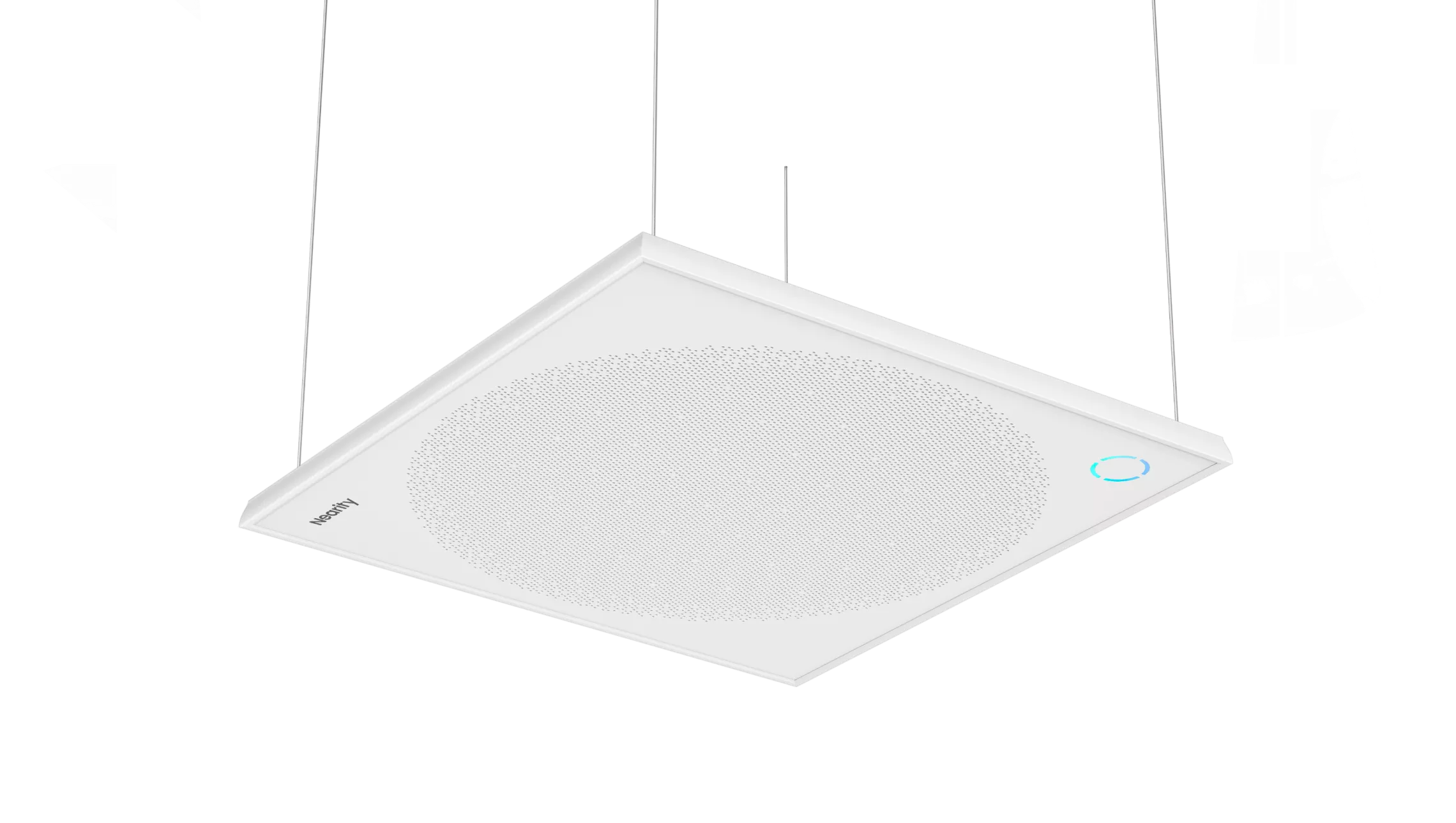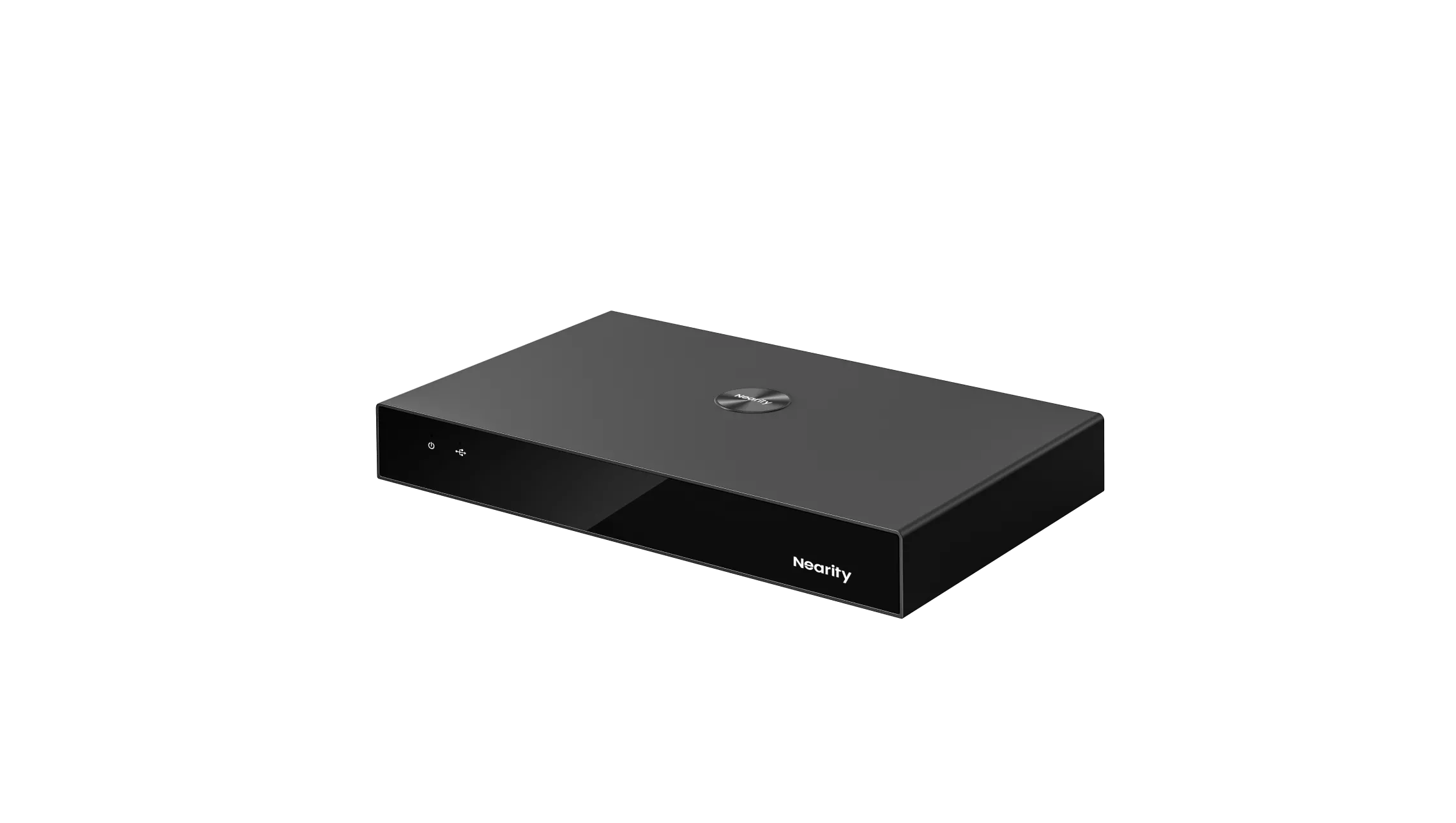Overall
This School, located in the Changning District of Shanghai, was established in 1965. It was among the first public schools in the city to undergo conversion into a public-run institution in 1997, and then became a fully public school in 2007. The school currently boasts nearly 1,300 students and 40 classrooms. It is known for its dedication to progress and innovation, particularly in the realm of information technology, which has consistently placed it at the forefront of Shanghai's middle schools and earned it numerous accolades from the Shanghai Municipal Education Commission. In response to the COVID-19 pandemic and in accordance with directives from the Shanghai Municipal Education Commission, the school has taken targeted measures to construct top-quality blended online/offline teaching studios as well as regular recording classrooms.
Challenges
1. The local sound reinforcement system's limited integration with other systems results in average sound pickup/amplification performance. Due to its independent and simplistic design, it cannot be easily integrated with other systems. To enhance the sound pickup/amplification performance, a more comprehensive solution must be established.
2. The original recording and broadcasting system has a highly customized camera that is difficult to repurpose. While it supports classroom recording, live streaming, interaction, and on-demand services, the hanging microphones and speakers in the classroom are only suitable for course recording and not for local teacher sound reinforcement within the classroom. As a result, the system's cameras cannot be used by other systems, which leads to unsynchronized audio and video recording.
3. The original conference whiteboard lacks professional external audio and video hardware, resulting in suboptimal sound pickup and amplification. Online teaching primarily relies on interactive electronic whiteboard platforms such as ClassIn, Tencent Classroom, and DingTalk, supplemented by Tencent Meeting. Unfortunately, these platforms do not have professional sound pickup/amplification/camera devices and cannot reuse the microphones, speakers, and lenses of the recording and broadcasting system. Consequently, online/offline blended classrooms cannot effectively capture and amplify online student speeches, which adversely affects online teaching recordings.
Solution
Recommended solution from Nearity: Nearity A50 ceiling array microphone kit combination: 1 Nearity A50 ceiling array microphone, 1 AMX100 audio processor, 2 Nearity ASP110 wall-mounted speakers, and 1 Nearity ACT10 hanging microphone desktop controller.
The Nearity A50 ceiling array microphone is the latest and greatest solution for integrated ceiling array microphones used in video conferencing and indoor audio. It boasts an impressive 91-unit MEMS microphone array and can be cascaded with up to 8 devices, enabling full coverage of the conference room from all angles while allowing speakers to move around freely. With 12 customizable beam distributions and custom multiple pickup areas, this microphone can adapt to different room layouts and seating arrangements, ensuring clear sound pickup while avoiding any noisy areas. The Nearity AMX100 audio processor and Nearity ASP110 speaker are perfectly suited for integration into existing audiovisual systems, creating a seamless and unified recording and broadcasting experience.







